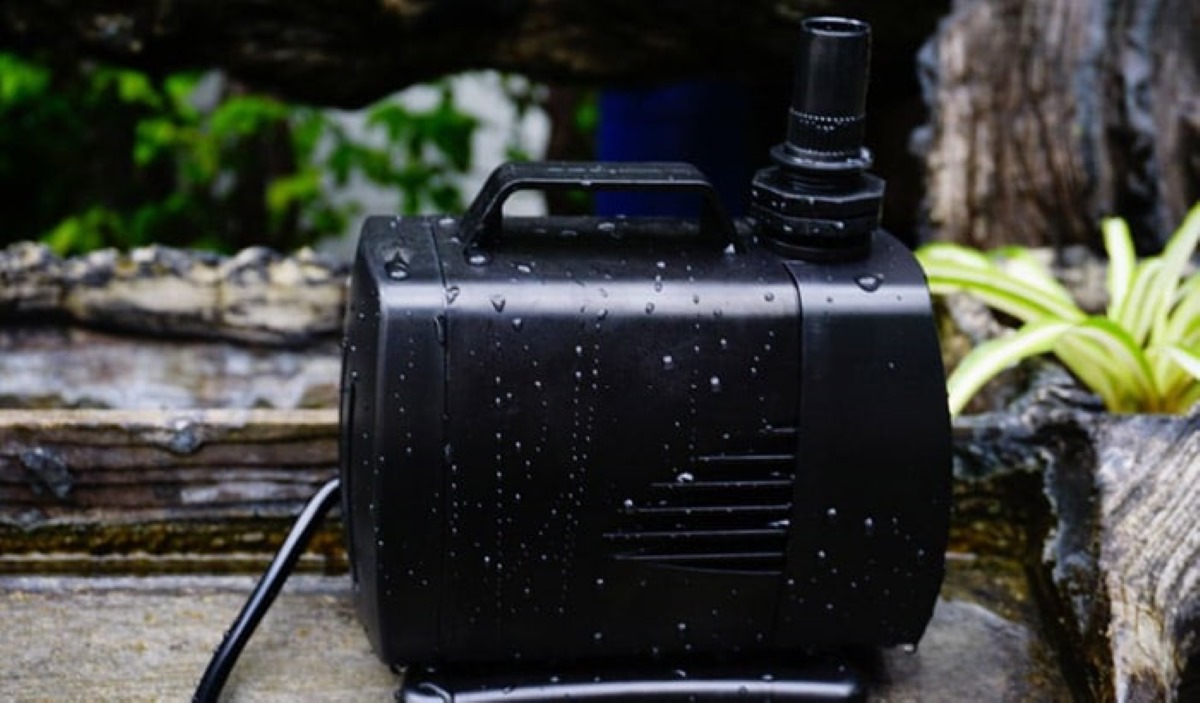

Articles
What Does A Water Pump Do In A Fish Tank
Modified: October 20, 2024
Discover the importance of a water pump in maintaining a healthy ecosystem in your fish tank. Read informative articles and learn how these devices promote water circulation and filter out impurities.
(Many of the links in this article redirect to a specific reviewed product. Your purchase of these products through affiliate links helps to generate commission for Storables.com, at no extra cost. Learn more)
Introduction
A fish tank is not just a container filled with water and some aquatic creatures. It is a delicate ecosystem that requires proper maintenance and care to ensure the well-being of its inhabitants. One crucial component that plays a vital role in maintaining a healthy fish tank is a water pump.
A water pump in a fish tank serves multiple purposes, from promoting water circulation and oxygenation to filtration and temperature control. Understanding the role and importance of a water pump will help you create and maintain a thriving aquatic environment for your fish.
In this article, we will explore the various functions and benefits of a water pump in a fish tank. We will also discuss the different types of water pumps available and how to choose the right one for your tank. So, let’s dive in and unravel the secrets of a water pump in a fish tank.
Key Takeaways:
- A water pump in a fish tank is crucial for promoting water circulation, filtration, and temperature control, creating a healthy and thriving aquatic environment for your fish.
- Proper maintenance and care for your water pump are essential to ensure its longevity and optimal performance, contributing to the overall health of your tank.
Read also: 13 Amazing Fish Tank Water Pump for 2025
Purpose of a Water Pump in a Fish Tank
A water pump is an essential component of a fish tank setup. Its primary purpose is to ensure the proper circulation, oxygenation, filtration, and maintenance of the water inside the tank. Let’s delve deeper into each of these purposes:
- Circulation and Oxygenation: A water pump helps to create a gentle current in the tank, mimicking the natural flow of water in lakes or rivers. This circulation is vital for the well-being of your fish as it promotes the distribution of oxygen and nutrients throughout the tank. It prevents stagnant areas that can lead to oxygen depletion and the accumulation of harmful substances.
- Filtration and Removal of Debris: Many water pumps are equipped with filters or can be connected to external filtration systems. These filters trap and remove debris, excess food, fish waste, and other impurities from the water, keeping it clean and free from harmful substances. A clean tank is essential for the health and longevity of your fish.
- Maintenance of Water Temperature: Some water pumps are designed to regulate and maintain the water temperature in the tank. This is particularly important for freshwater and tropical fish, as they have specific temperature requirements for optimal health. A water pump with a built-in heater or a separate aquarium heater can help to keep the water at a consistent and appropriate temperature.
- Prevention of Algae Growth: Algae growth can be a common problem in fish tanks, especially when there is an excess of nutrients and poor water circulation. A water pump helps to prevent the buildup of algae by promoting water movement and oxygenation. The turbulent water flow created by the pump disrupts the growth and attachment of algae, keeping your tank clean and algae-free.
Overall, a water pump plays a vital role in creating a stable and healthy environment for your fish. It ensures adequate oxygenation, removes harmful substances, regulates the water temperature, and prevents the growth of algae. Investing in a high-quality water pump will contribute to the overall well-being and longevity of your aquatic pets.
Circulation and Oxygenation of Water
Proper circulation and oxygenation of water are crucial for the health and well-being of the fish in your tank. A water pump is responsible for creating a gentle current, mimicking the natural flow of water in their natural habitats.
When water circulates effectively, oxygen is distributed evenly throughout the tank. Fish depend on oxygen to survive, and lack of oxygen can lead to stress, disease, or even death. By promoting water movement, a water pump ensures that oxygen levels are replenished and maintained at optimal levels.
Water circulation also helps to create a healthier and more stable ecosystem within the tank. It prevents stagnant areas where waste and debris may accumulate, leading to poor water quality. The movement of water helps to disperse waste and promotes effective filtration, ensuring that ammonia and nitrites produced by fish waste are efficiently removed.
Additionally, water circulation aids in the distribution of nutrients and food particles. Uneven distribution of these essential elements can lead to unequal growth and health disparities among your fish. A well-circulated tank ensures that all fish have equal access to food and nutrients, promoting their overall health and growth.
The water flow created by a pump also enhances the fish’s natural behavior by simulating their natural habitats. Many fish species come from environments with strong currents, such as rivers or streams. Providing a gentle current in your tank helps to recreate these natural conditions, making your fish feel more comfortable and at ease.
It’s essential to strike the right balance when it comes to water circulation in your tank. While excessive water movement can be stressful for some fish species, insufficient circulation can lead to stagnant water and poor water quality. Therefore, it’s crucial to choose a water pump with adjustable flow settings to meet the specific needs of your fish.
Overall, the circulation and oxygenation of water in a fish tank are integral to maintaining a healthy and thriving aquatic environment. A water pump plays a vital role in achieving these objectives by promoting water movement, ensuring proper oxygen levels, and preventing the buildup of waste and debris. By investing in a reliable water pump and adjusting the flow to suit your fish’s needs, you can create an optimal environment for their well-being.
Filtration and Removal of Debris
A clean and well-maintained fish tank is essential for the health and longevity of your aquatic pets. Filtration is a critical aspect of maintaining water quality, and a water pump plays a crucial role in this process.
Many water pumps are equipped with filters or can be connected to external filtration systems. These filters help to capture and remove debris, excess food, fish waste, and other impurities from the water, preventing them from accumulating and causing harm to the fish.
There are typically three types of filtration mechanisms in a fish tank: mechanical, biological, and chemical.
Mechanical Filtration: This is the first line of defense against physical debris. The water pump forces water through a filter media (such as foam, polyester, or floss) that traps larger particles, such as uneaten food, fish waste, and plant debris. This mechanical filtration prevents these particles from decomposing and releasing harmful substances into the water.
Biological Filtration: The water pump also helps to facilitate biological filtration. Beneficial bacteria colonize the filter media and break down toxic ammonia and nitrites produced by fish waste into less harmful nitrates. These bacteria require oxygen-rich water to thrive, and the water pump ensures effective oxygenation and circulation for their optimal growth and activity.
Chemical Filtration: Some water pumps are designed with the option to incorporate chemical filtration. Carbon cartridges or other chemical media can be added to the filtration system to remove dissolved impurities, odors, and substances that can discolor the water.
A water pump with a well-functioning filtration system not only removes harmful substances but also helps to maintain water clarity. Clean and clear water not only enhances the aesthetic appeal of your tank but also allows for better visibility of your fish.
Regular maintenance of the filtration system is essential to ensure its efficiency. This includes cleaning or replacing filter media regularly to prevent clogging and maintaining the water pump itself to ensure optimal performance. Regular water testing is also recommended to monitor the water quality parameters and address any issues promptly.
In summary, a water pump with a filtration system is vital for maintaining a clean and healthy environment in your fish tank. It effectively removes debris, waste, and impurities from the water, preventing the buildup of harmful substances. By investing in a quality water pump and regularly maintaining the filtration system, you can provide your fish with a clean and thriving habitat.
Maintenance of Water Temperature
The temperature of the water in your fish tank plays a crucial role in the overall health and well-being of your aquatic pets. Different species of fish have specific temperature requirements, and maintaining a stable and appropriate temperature is essential for their survival. A water pump can assist in achieving and maintaining the desired water temperature in your tank.
Some water pumps are equipped with built-in heaters, while others can be connected to external aquarium heaters. These heaters work by regulating the water temperature and keeping it within the desired range. They are especially important for freshwater and tropical fish that require warmer water to thrive.
Why is maintaining the proper water temperature important?
1. Biological Function: Fish are ectothermic creatures, which means their body temperature is influenced by the environment. Elevated or reduced water temperatures can impact their metabolic rate, digestive system, immune response, and overall health. A stable and appropriate temperature helps to ensure that these biological functions operate optimally.
2. Comfort and Stress Reduction: Fish are highly sensitive to temperature fluctuations. Abrupt changes in water temperature can induce stress and make them more susceptible to diseases. By maintaining a consistent water temperature within their preferred range, you can help alleviate stress and create a more comfortable environment for your fish.
3. Reproduction and Breeding: Many fish species have specific temperature requirements for breeding and reproduction. Maintaining the appropriate water temperature can stimulate breeding behaviors and increase the chances of successful reproduction. It is particularly important for hobbyists interested in breeding their fish.
To ensure the proper maintenance of water temperature using a water pump, it is essential to consider a few factors:
1. Wattage: Choose a water pump heater with an appropriate wattage for your tank size. This will ensure that it can effectively heat the water within a reasonable time frame and maintain a stable temperature.
2. Temperature Settings: Select a water pump heater with adjustable temperature settings. This will allow you to set the desired temperature range specific to your fish’s requirements.
3. Placement: Proper placement of the water pump heater is essential for even heat distribution. Follow the manufacturer’s guidelines on placement to ensure optimal functioning and avoid direct contact with decorations or substrate.
4. Regular Monitoring: Regularly monitor the water temperature using a reliable aquarium thermometer. This will help you detect any fluctuations and make adjustments as necessary.
Remember that extreme temperature changes can be harmful to your fish. Avoid sudden increases or decreases in temperature, as this can cause stress and potentially fatal consequences. Gradual adjustments are always recommended.
With a water pump and heater, you can maintain a stable and appropriate water temperature in your fish tank, providing your aquatic pets with a comfortable and thriving environment.
Read more: What Does The Water Pump Do In An Rv
Prevention of Algae Growth
Algae growth is a common issue that many aquarium owners face. While some algae growth is natural and can even be beneficial for the tank’s ecosystem, excessive algae can be unsightly and potentially harmful to your fish. A water pump plays a crucial role in preventing the growth and proliferation of algae in your fish tank.
Algae thrive in the presence of excess nutrients, light, and stagnant water. They can quickly take over your tank, covering glass surfaces, decorations, and even obstructing the view of your fish. Fortunately, a water pump can help disrupt and control algae growth through the following mechanisms:
1. Water Circulation: When water remains stagnant for extended periods, it creates an ideal environment for algae to thrive. A water pump promotes water movement and circulation throughout the tank, preventing the formation of stagnant areas. This movement helps to disrupt the attachment and growth of algae, making it difficult for them to take hold and spread.
2. Oxygenation: Adequate oxygen levels are crucial for the health of your fish. A water pump helps to oxygenate the water by creating surface agitation and incorporating air into the water column. The increased oxygen levels not only benefit the fish but also hinder the growth of certain types of algae that cannot thrive in well-oxygenated water.
3. Filtration: Many water pumps are equipped with filters or can be connected to external filtration systems. These filter out excess nutrients, such as nitrates and phosphates, which are essential for algae growth. By removing these nutrients from the water, the water pump helps to limit the availability of food for the algae, curbing their growth.
4. Light Diffusion: Excessive exposure to light can promote algae growth. A water pump, particularly one with adjustable flow settings, helps to redirect and diffuse light within the tank. By preventing concentrated light from reaching specific areas, it reduces the opportunity for algae to thrive. Additionally, the movement of water disrupts the growth of certain types of algae that require stable surfaces for attachment.
While a water pump alone is not sufficient to completely eliminate algae growth, it serves as an integral tool in preventing and controlling its proliferation. To further enhance its effectiveness, it’s important to maintain a balanced and well-regulated aquarium. This includes regular cleaning of the tank, maintaining appropriate nutrient levels through proper feeding and water changes, and monitoring lighting duration and intensity.
When selecting a water pump, consider the specific needs and size of your tank. Choose one that provides sufficient water circulation without creating excessive turbulence that may stress your fish. It’s also important to clean and maintain the pump regularly to ensure optimal performance.
By incorporating a water pump into your aquarium setup and implementing proper tank maintenance, you can effectively prevent and control algae growth, creating a healthier and more visually appealing environment for your fish.
A water pump in a fish tank helps to circulate and oxygenate the water, preventing stagnation and creating a healthy environment for the fish. It also helps to distribute heat and nutrients evenly throughout the tank.
Types of Water Pumps for Fish Tanks
There are several types of water pumps available in the market, each designed to serve different purposes and cater to varying needs. Understanding the different types will help you choose the right water pump for your specific fish tank setup. Here are the most common types of water pumps:
1. Submersible Water Pumps: Submersible water pumps are placed directly in the tank, submerged underwater. They are versatile and can be used for various functions, including water circulation, filtration, and creating waterfalls or fountains within the tank. Submersible pumps are typically easy to install and maintain, making them popular options for both small and large fish tanks.
2. External Water Pumps: External water pumps are positioned outside the tank, usually in a sump or filtration system. They are often used in larger aquariums or systems that require higher flow rates and enhanced filtration capabilities. The main advantage of external pumps is that they do not take up space inside the tank, allowing for more space for fish and decorations. They also tend to be more powerful and efficient.
3. Powerheads: Powerheads are compact, submersible water pumps that are primarily used for water circulation within the tank. They create strong currents and are suitable for tanks with high oxygen requirements, such as reef tanks or tanks with delicate corals. Powerheads are often adjustable, allowing you to control the flow rate and direction of the water.
4. Air Pumps: Air pumps are essential for providing additional oxygenation to the tank, especially in setups with limited surface agitation. While not technically water pumps, they play a vital role in maintaining proper oxygen levels by driving air through air stones or diffusers. Air pumps are commonly used in smaller tanks or tanks with specific oxygen requirements, such as breeding or heavily stocked tanks.
5. Wave Maker Pumps: Wave maker pumps are specialized water pumps designed to create natural wave-like currents in the tank. They simulate the movement of water found in the ocean and are often used in reef tanks to mimic natural reef environments. Wave maker pumps can enhance water circulation, promote coral growth, and provide stimulation for fish species that thrive in high-current environments.
When choosing a water pump, consider factors such as the size of your tank, the specific needs of your aquatic pets, and the desired flow rate. It’s essential to select a water pump that can provide adequate water movement and circulation without causing excessive stress to your fish. Additionally, opt for a pump that is energy-efficient and easy to maintain, as regular cleaning and maintenance are crucial for its optimal performance.
Remember to consult with aquarium professionals or do thorough research to ensure that the water pump you choose is suitable for your specific tank requirements. With the right water pump, you can promote a healthy and thriving aquatic environment for your fish.
Choosing the Right Water Pump
Choosing the right water pump for your fish tank is crucial to ensure optimal water circulation, filtration, and overall health of your aquatic pets. With a wide variety of options available in the market, it’s important to consider several factors to make an informed decision. Here are some key considerations when choosing the right water pump:
1. Tank Size and Flow Rate: The size of your tank plays a significant role in determining the flow rate required for proper water circulation. Larger tanks will typically require more powerful pumps with higher flow rates to ensure effective water movement. Consider the dimensions and volume of your tank when selecting a water pump, and choose one that can achieve the desired turnover rate – the number of times the tank’s water volume can flow through the pump per hour.
2. Purpose and Function: Determine the specific purpose and function you want the water pump to serve. Are you looking for a pump primarily for water circulation, filtration, oxygenation, or a combination of these functions? Each type of water pump has different features and capabilities. For example, if you have a reef tank, you may require a pump that can create wave-like patterns, while a simple submersible pump may suffice for basic water circulation in a freshwater tank.
3. Adjustability and Control: Some water pumps offer adjustable flow rates, allowing you to fine-tune the water movement according to the needs of your fish and tank. This level of control can be beneficial if you have delicate or slow-swimming fish species that may struggle with strong currents. Additionally, look for pumps that offer adjustable positioning or directionality, as this can help you achieve optimal water flow and prevent dead spots in the tank.
4. Energy Efficiency: Energy consumption is an important consideration when selecting a water pump. Opt for a pump that is energy-efficient yet powerful enough to meet the needs of your tank. Look for pumps with low wattage ratings, as this will help reduce your electricity costs over time. Some pumps also come with energy-saving features, such as variable speed settings or timers, which can further contribute to energy conservation.
5. Noise Level: Consider the noise level of the water pump, especially if your tank is placed in a living area or bedroom. Some pumps can produce audible vibrations or hums, which may be disruptive or annoying. Look for models that are specifically designed for quiet operation, with noise-dampening features or insulation to minimize any noise disturbance.
6. Brand Reputation and Reviews: Research and read reviews about different water pump brands and models. Consider the reputation and reliability of the manufacturer. Look for customer feedback on factors such as durability, performance, and ease of maintenance. This will help you make an informed decision and choose a pump from a reputable brand with a track record of quality products.
7. Budget: Set a budget for your water pump purchase and consider the long-term investment. While it’s important to find a pump that meets your specific needs, it’s also essential to consider the ongoing costs, such as maintenance, replacement parts, and energy consumption. Remember that a higher-priced water pump may offer better quality, reliability, and efficiency.
By considering these factors, you can choose the right water pump that suits your specific tank requirements and provides optimal performance. Don’t hesitate to seek advice from aquarium professionals or fellow hobbyists to gather insights and recommendations based on their experiences. A well-chosen water pump will contribute to a healthy and thriving aquatic environment for your fish.
Installation Process of a Water Pump
Proper installation of a water pump is essential to ensure its efficient operation and the well-being of your fish. While the specific steps may vary depending on the type and model of the water pump, here is a general guide for the installation process:
1. Preparation:
- Gather all the necessary tools and equipment, including the water pump, necessary tubing or fittings, and any additional components specific to your tank setup.
- Ensure that the power supply is disconnected to prevent any accidents during the installation process.
- Read and familiarize yourself with the manufacturer’s instructions and recommendations for your specific water pump model.
2. Selecting the Placement:
- Choose an appropriate location for your water pump within the tank. Consider factors such as fish swimming patterns, the need for water movement in specific areas, and access for maintenance and cleaning.
- For submersible pumps, ensure that the pump is completely submerged in the water. Avoid placing it too close to the bottom of the tank to prevent clogging with debris or excess waste.
- For external pumps, position them outside the tank in a sump or filtration system, ensuring accessibility for maintenance and easy connections to tubing or other filtration components.
3. Connecting the Tubing:
- If your water pump requires tubing or fittings, connect them according to the manufacturer’s instructions. Ensure a tight and secure connection to prevent any leaks.
- For submersible pumps, ensure that the tubing is placed securely below the water surface to prevent water from siphoning back into the pump when it is turned off.
- For external pumps, route the tubing or pipes from the pump to the desired location in the tank or filtration system. Secure the connections with appropriate fittings or clamps.
4. Priming and Testing:
- For submersible pumps, there is typically no need for priming as the pump is already submerged. Simply plug in the power supply or connect it to a suitable outlet to start the pump.
- For external pumps, follow the manufacturer’s instructions for priming the pump. This usually involves filling the pump with water to ensure proper startup and prevent dry running, which can damage the pump.
- Turn on the pump and check for proper water circulation and flow. Make any necessary adjustments to the flow rate or positioning of the pump to achieve the desired water movement in the tank.
5. Monitoring and Maintenance:
- Regularly monitor the performance of the water pump, ensuring proper water circulation and oxygenation.
- Clean or replace any filter media or pump components as recommended by the manufacturer to maintain optimal performance.
- Keep an eye out for any signs of malfunction, such as unusual noise, decreased flow rate, or leaks. Address any issues promptly to prevent further damage or potential harm to your fish.
It’s important to note that these steps are general guidelines, and it’s crucial to refer to the manufacturer’s instructions specific to your water pump model for precise installation instructions. Proper installation and regular maintenance will ensure the longevity and efficient operation of your water pump, contributing to a healthy and thriving aquatic environment for your fish.
Read more: What Does Water Pump Do In A Car
Maintenance and Care for a Water Pump
Maintaining and caring for your water pump is essential to ensure its longevity and optimal performance. Regular maintenance helps to prevent issues such as clogging, decreased flow rate, and potential damage to the pump. Here are some key maintenance and care tips for your water pump:
1. Regular Cleaning:
- Depending on your tank setup and the type of water pump, cleaning intervals may vary. However, it’s generally recommended to clean your water pump every 1-2 months.
- Disconnect the power supply and remove the pump from the tank or filtration system, following the manufacturer’s instructions.
- Inspect the pump for any debris, algae, or buildup on the impeller, intake, or other components. Remove any visible dirt or blockages using a soft brush or toothbrush.
- Rinse the pump and its components thoroughly with clean water to ensure removal of any remaining debris.
- Reassemble the pump and reinstall it in the tank or filtration system, ensuring that all connections are tight and secure.
2. Check for Proper Flow and Performance:
- Regularly monitor the flow rate and performance of your water pump to ensure that it is operating as expected.
- Check for any signs of decreased flow rate, unusual noise, or vibrations. These can be indications of clogging or mechanical issues that need to be addressed.
- Make sure the water circulation pattern is appropriate for your tank and the needs of your fish. Adjust the pump’s flow rate or positioning if necessary.
3. Maintain Water Quality:
- Regularly test and maintain proper water parameters, such as pH, ammonia, nitrite, and nitrate levels.
- Monitor and address any changes in water quality that could impact the pump’s performance or contribute to clogging or damage.
- Perform regular water changes and maintenance to prevent the buildup of excess waste or nutrients that can affect the pump’s efficiency.
4. Replace Parts as Needed:
- Over time, certain parts of the water pump, such as impellers or seals, may wear out and need replacement.
- Keep spare parts on hand for easy replacement when necessary. Follow the manufacturer’s instructions for proper part replacement.
- Regularly inspect the pump’s hoses, tubing, and connections for any signs of damage or wear. Replace these components as needed to ensure proper functioning and prevent leaks.
5. Power Off During Maintenance:
- Always remember to disconnect the power supply when performing any maintenance or cleaning on your water pump.
- Working on a powered water pump can be dangerous and increases the risk of electrical shock or injury.
- Ensure that the power supply is disconnected before removing or handling the pump to avoid accidents.
Following these maintenance and care tips will help ensure the longevity and optimal performance of your water pump. Proper maintenance not only extends the life of your pump but also contributes to a healthy and thriving aquatic environment for your fish. Always refer to the manufacturer’s instructions and guidelines specific to your water pump model for accurate maintenance procedures.
Conclusion
A water pump is an essential component of a fish tank setup, serving multiple purposes that are vital for the health and well-being of your aquatic pets. From promoting water circulation and oxygenation to filtration, temperature control, and preventing algae growth, a water pump plays a crucial role in creating and maintaining a thriving aquatic environment.
Circulation and oxygenation of water are critical for ensuring adequate oxygen levels, nutrient distribution, and waste removal in the tank. A water pump facilitates water movement, preventing stagnation and enhancing the overall health of your fish.
Filtration and removal of debris are accomplished through the combined efforts of a water pump and filtration system. The pump helps trap and remove particles, excess food, fish waste, and impurities, ensuring clean and clear water for your fish to thrive in.
The maintenance of water temperature is crucial for the well-being of your fish. A water pump with a built-in heater or an external heater helps regulate and maintain the desired water temperature, ensuring the optimal comfort and health of your aquatic pets.
Algae growth can be controlled through the effective water movement and oxygenation provided by a water pump. The prevention of excessive nutrients, light diffusion, and disruption of attachment sites are essential in maintaining a clean and algae-free tank.
When choosing a water pump, consider factors such as tank size, flow rate, adjustability, energy efficiency, and noise level. Careful selection and proper installation will contribute to the efficient and effective functioning of the pump in your tank.
Maintenance and care for your water pump are necessary to ensure its longevity and optimal performance. Regular cleaning, checking for proper flow and performance, maintaining water quality, and replacing parts as needed will help keep your water pump in top condition and contribute to the overall health of your tank.
In conclusion, a water pump is an indispensable tool for maintaining a healthy and thriving fish tank. By understanding the purpose and benefits of a water pump, choosing the right one, installing it correctly, and providing proper maintenance and care, you can create an optimal aquatic habitat for your fish to flourish. So, invest in a reliable water pump and enjoy the beauty and serenity of your vibrant underwater world.
Frequently Asked Questions about What Does A Water Pump Do In A Fish Tank
Was this page helpful?
At Storables.com, we guarantee accurate and reliable information. Our content, validated by Expert Board Contributors, is crafted following stringent Editorial Policies. We're committed to providing you with well-researched, expert-backed insights for all your informational needs.
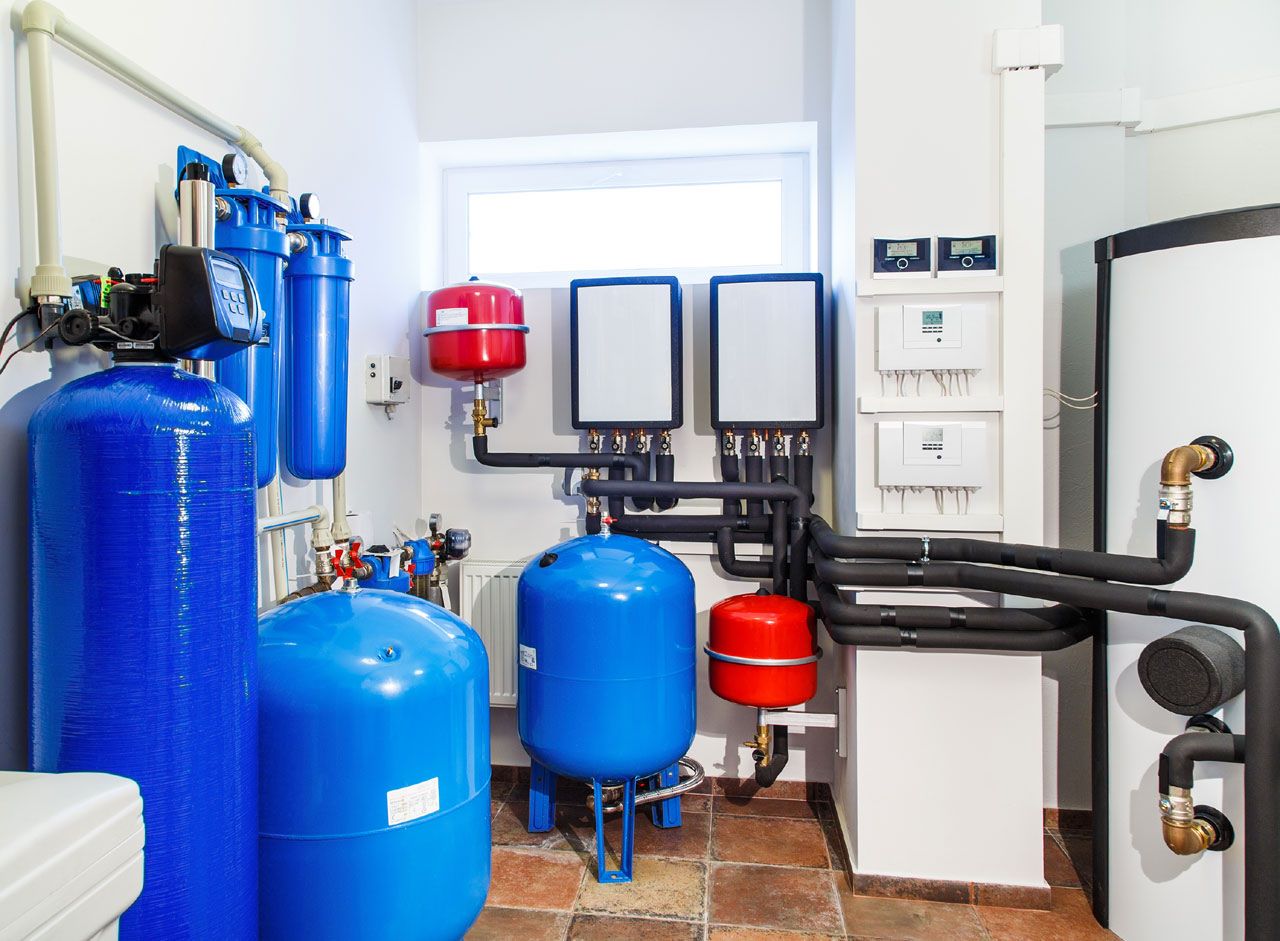
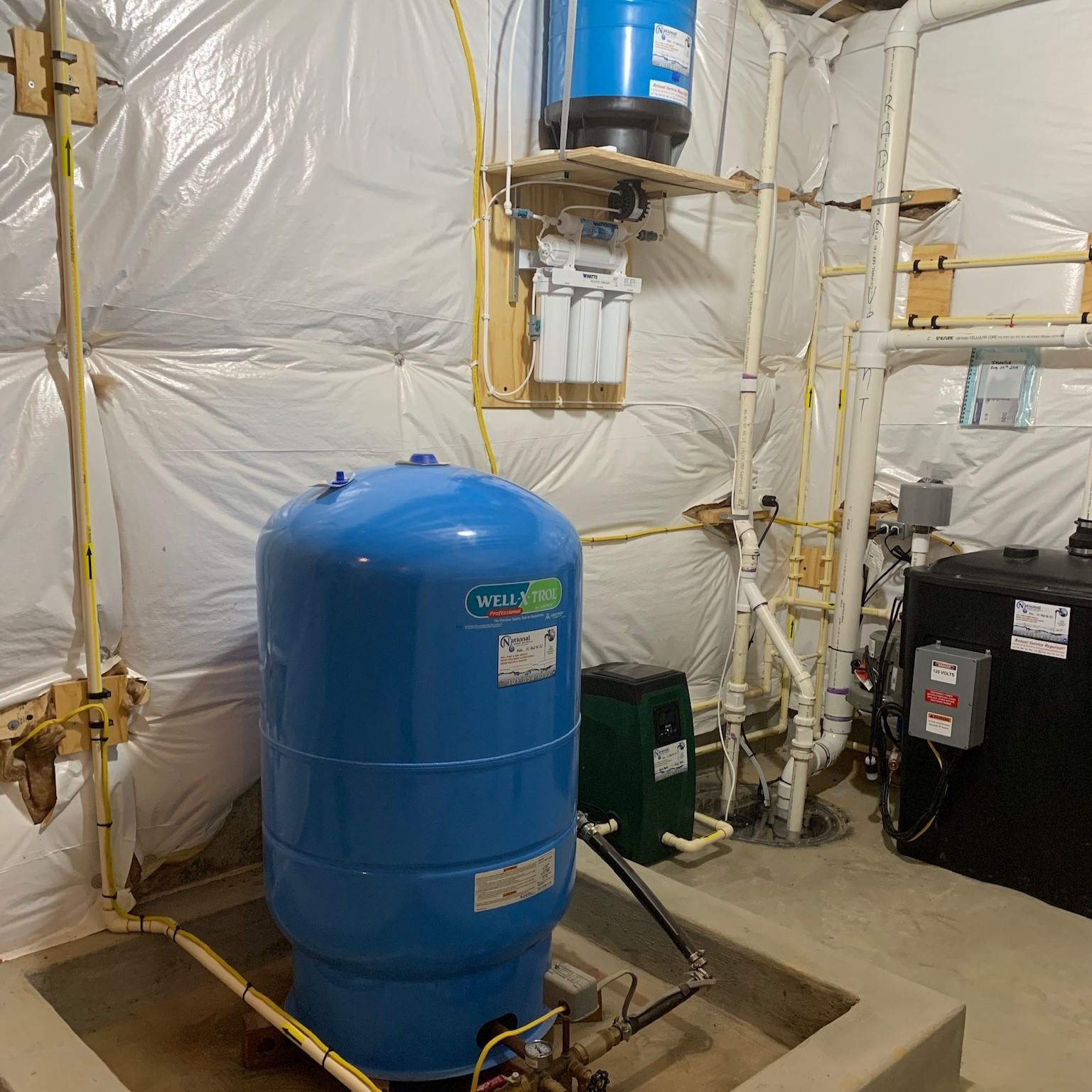
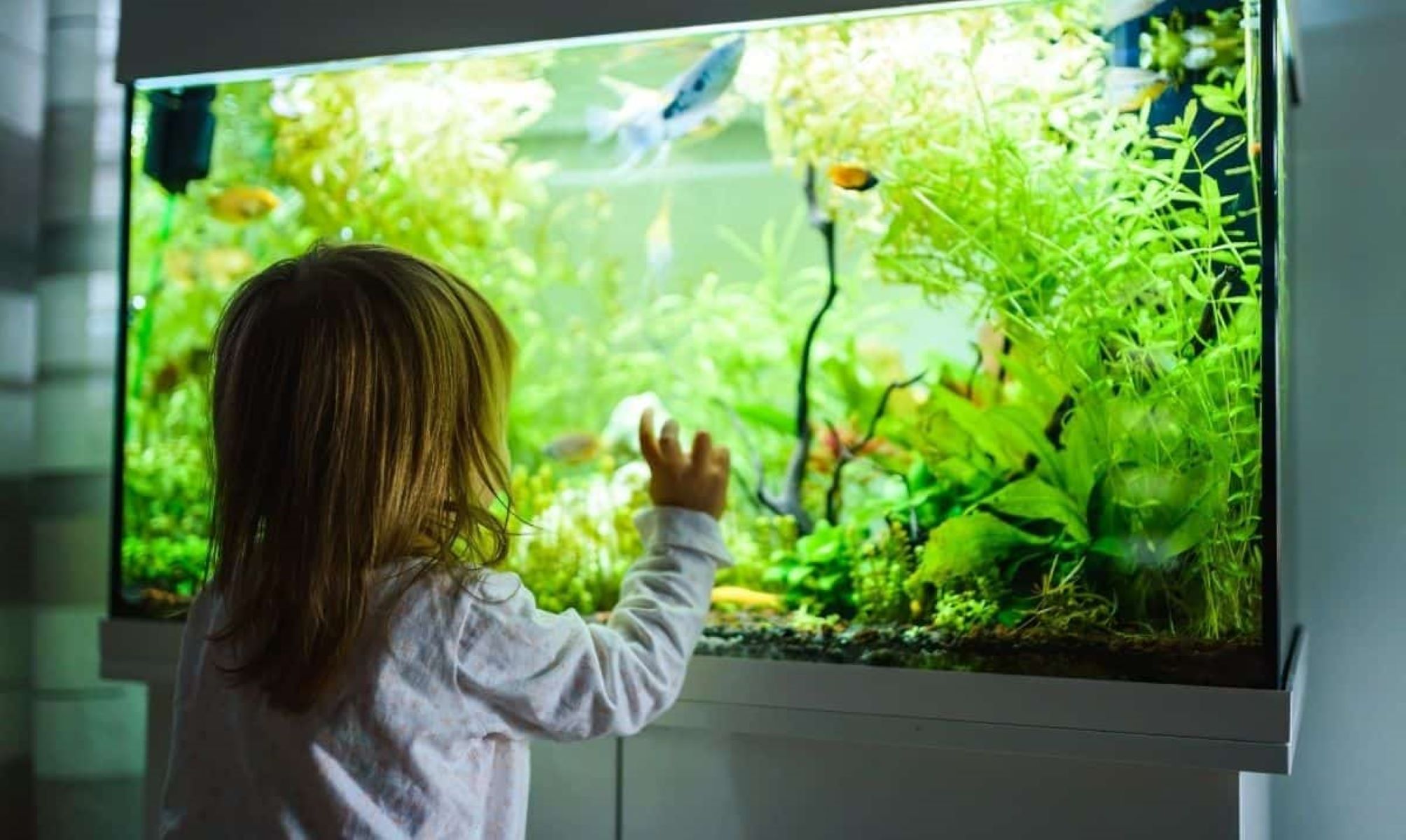
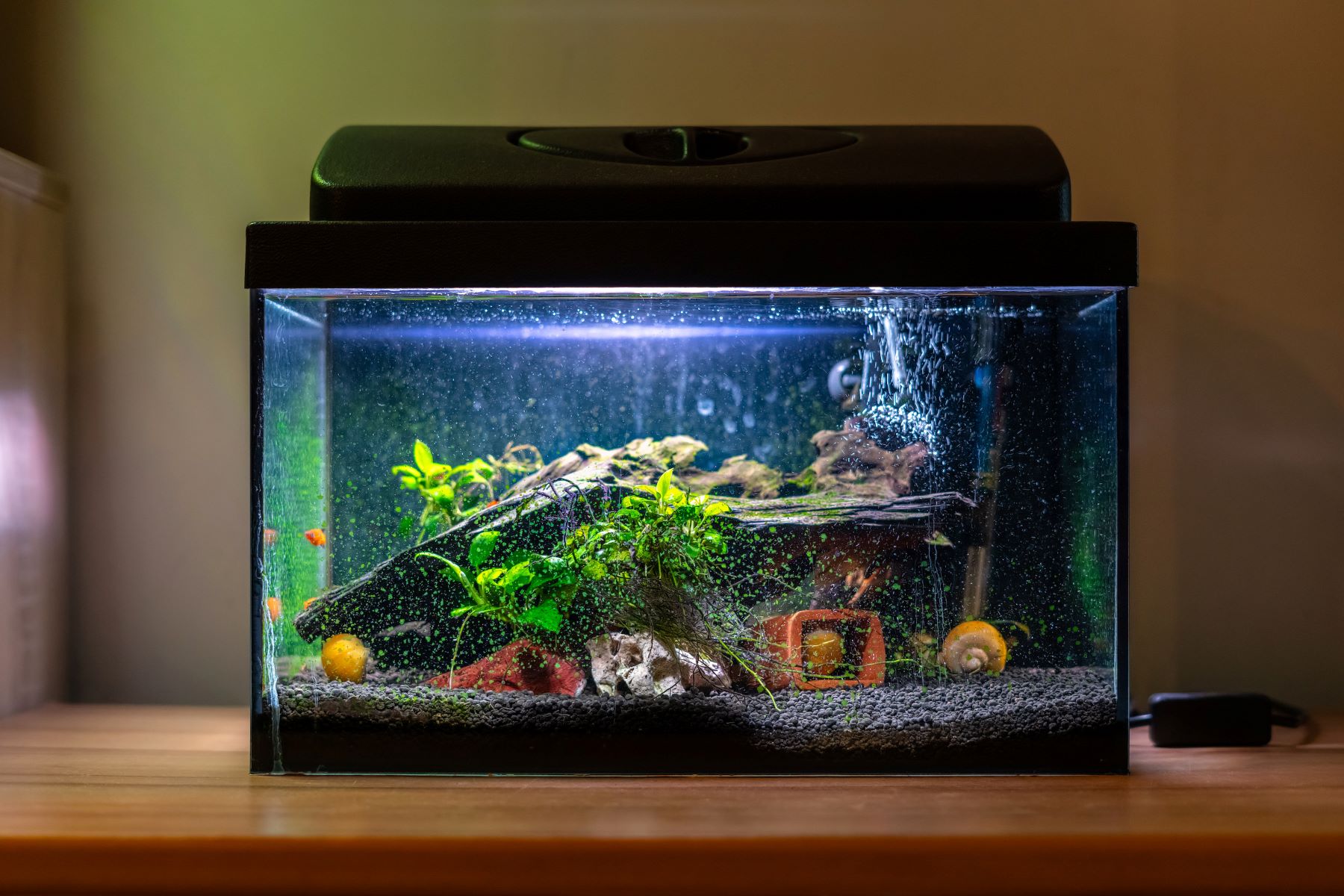
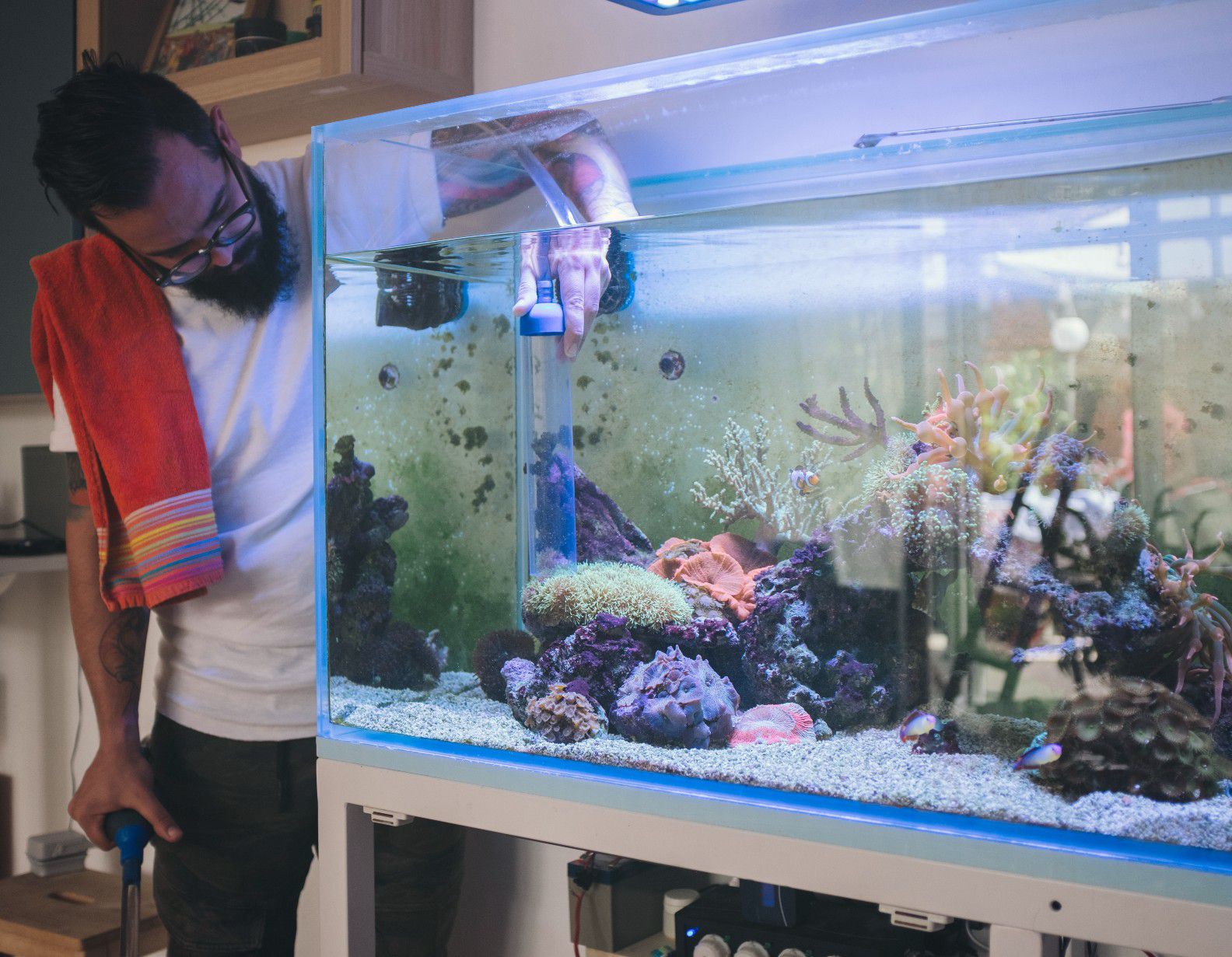
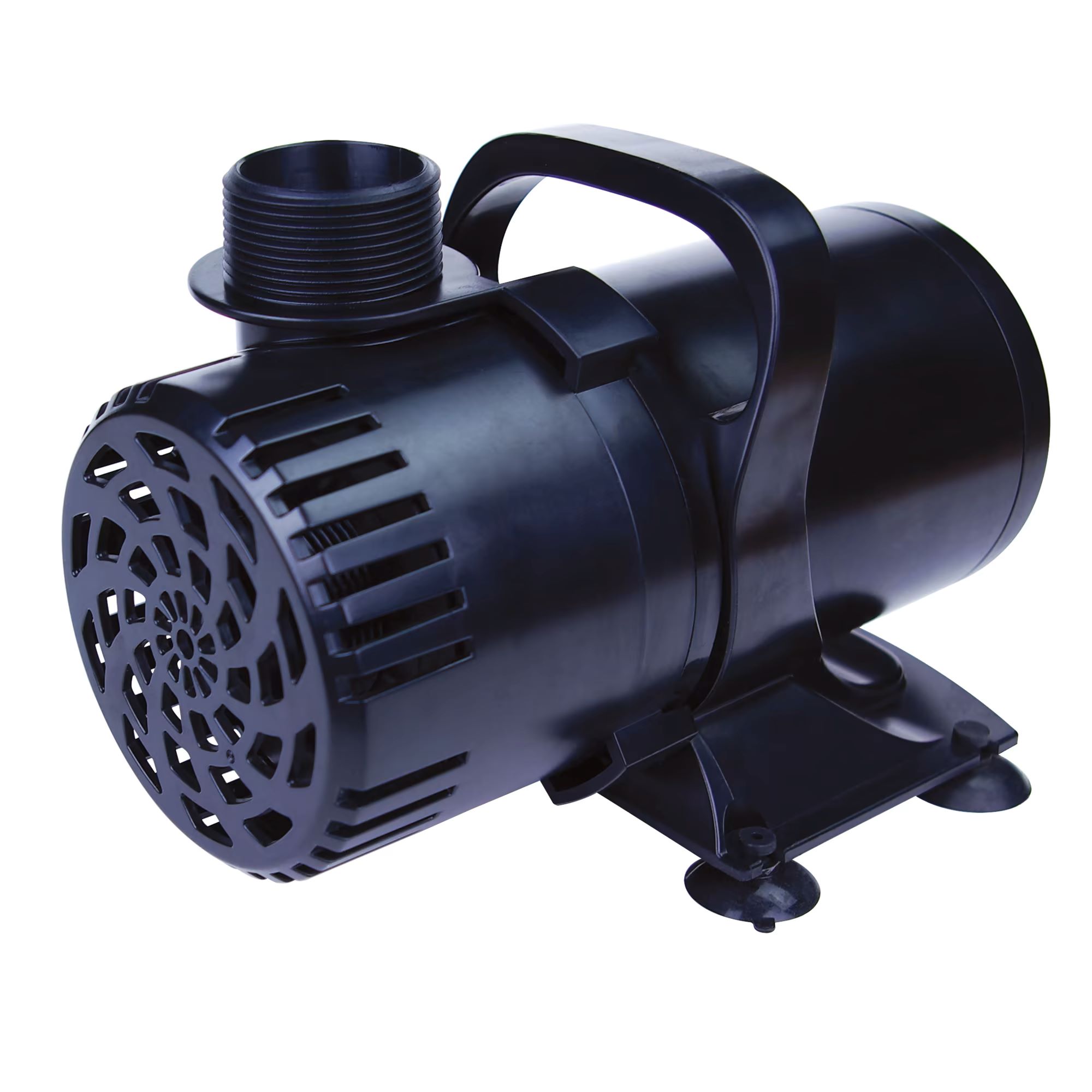
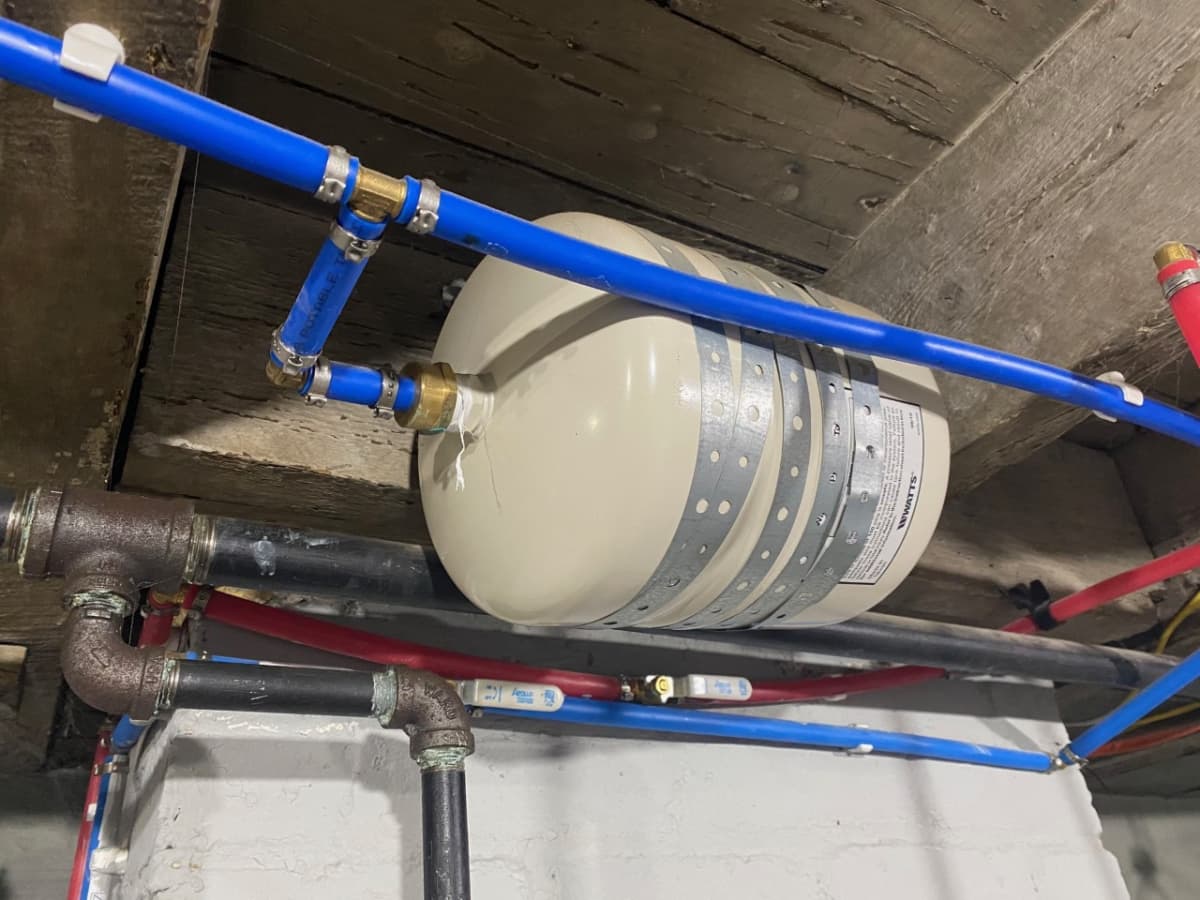
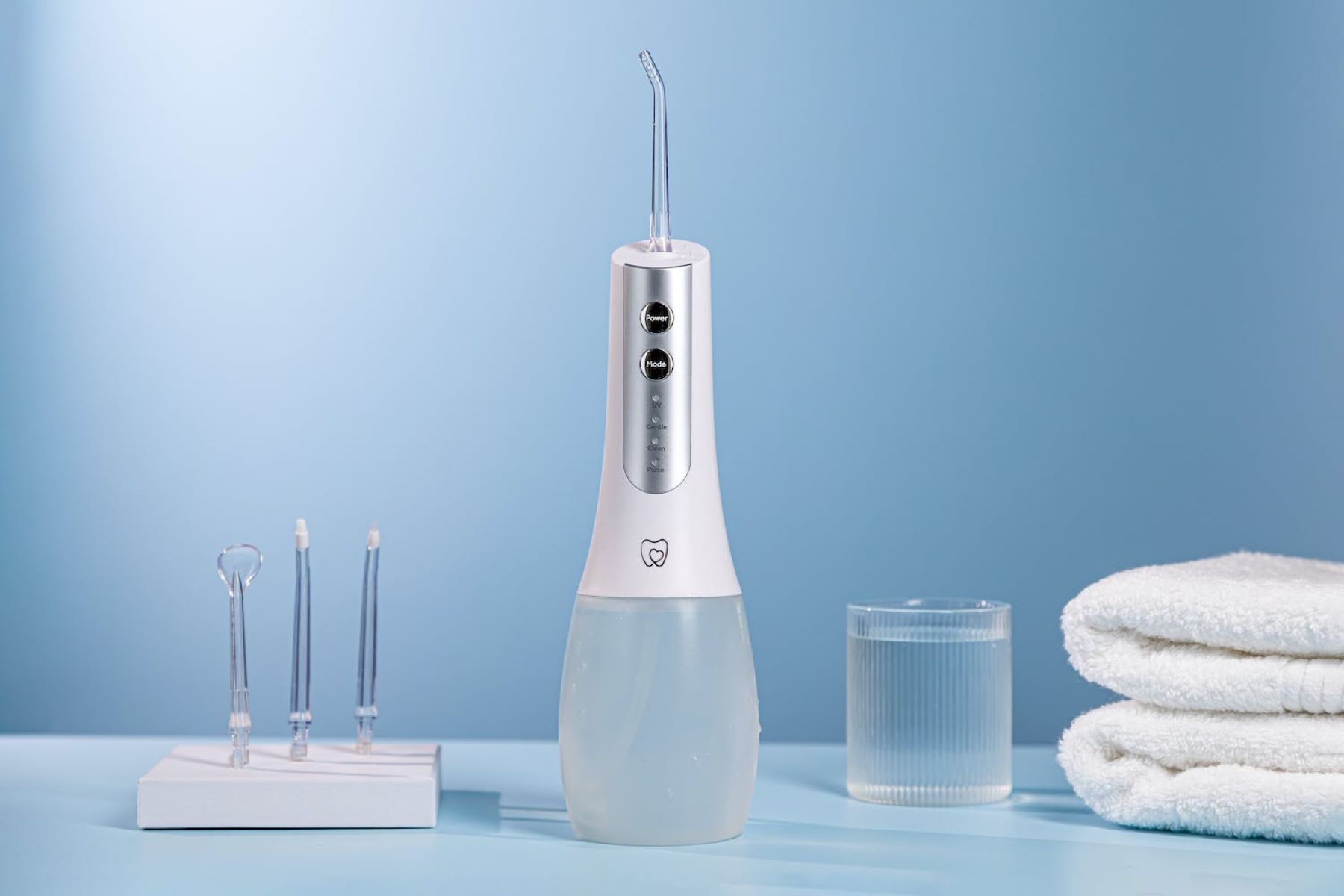
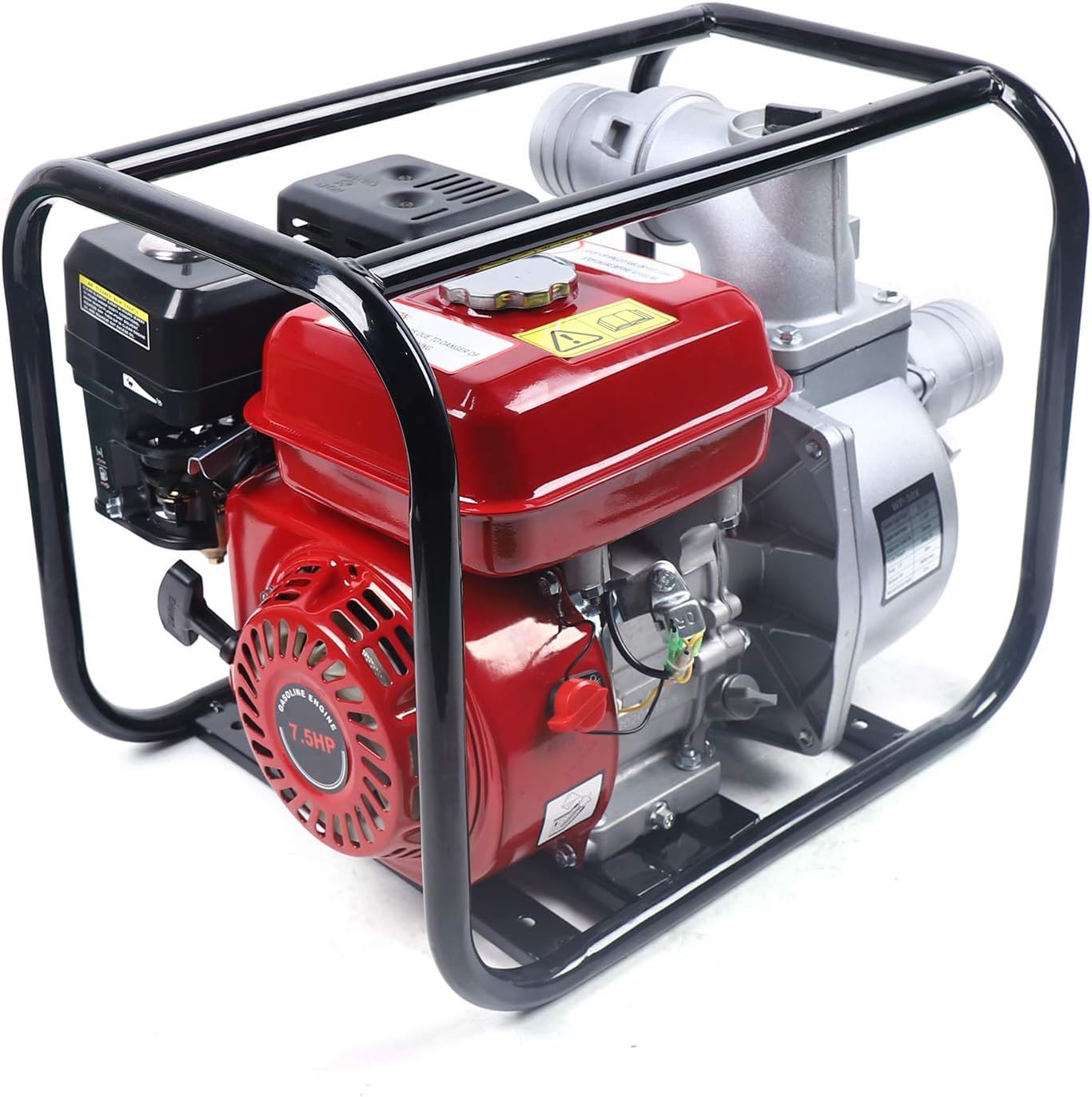
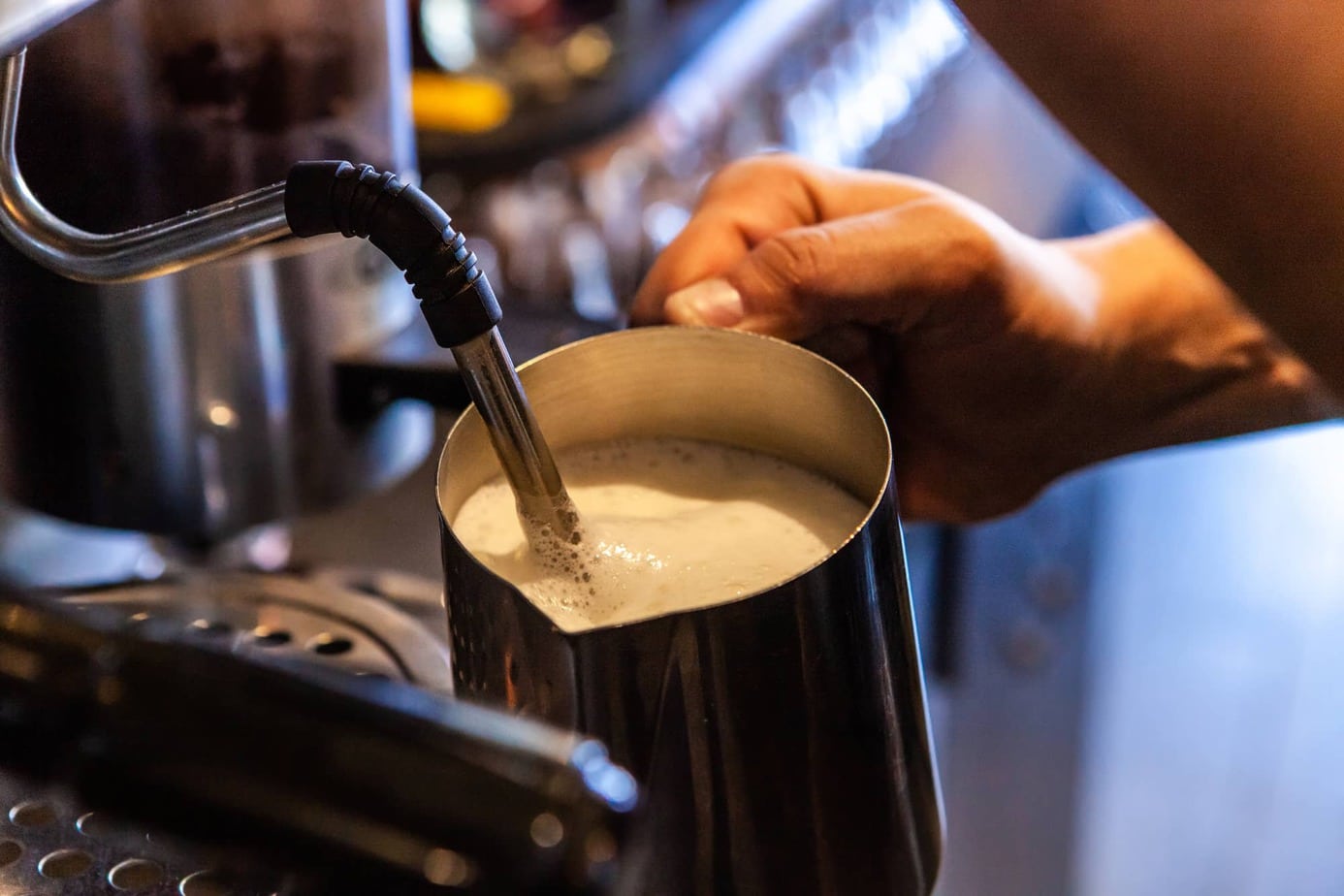
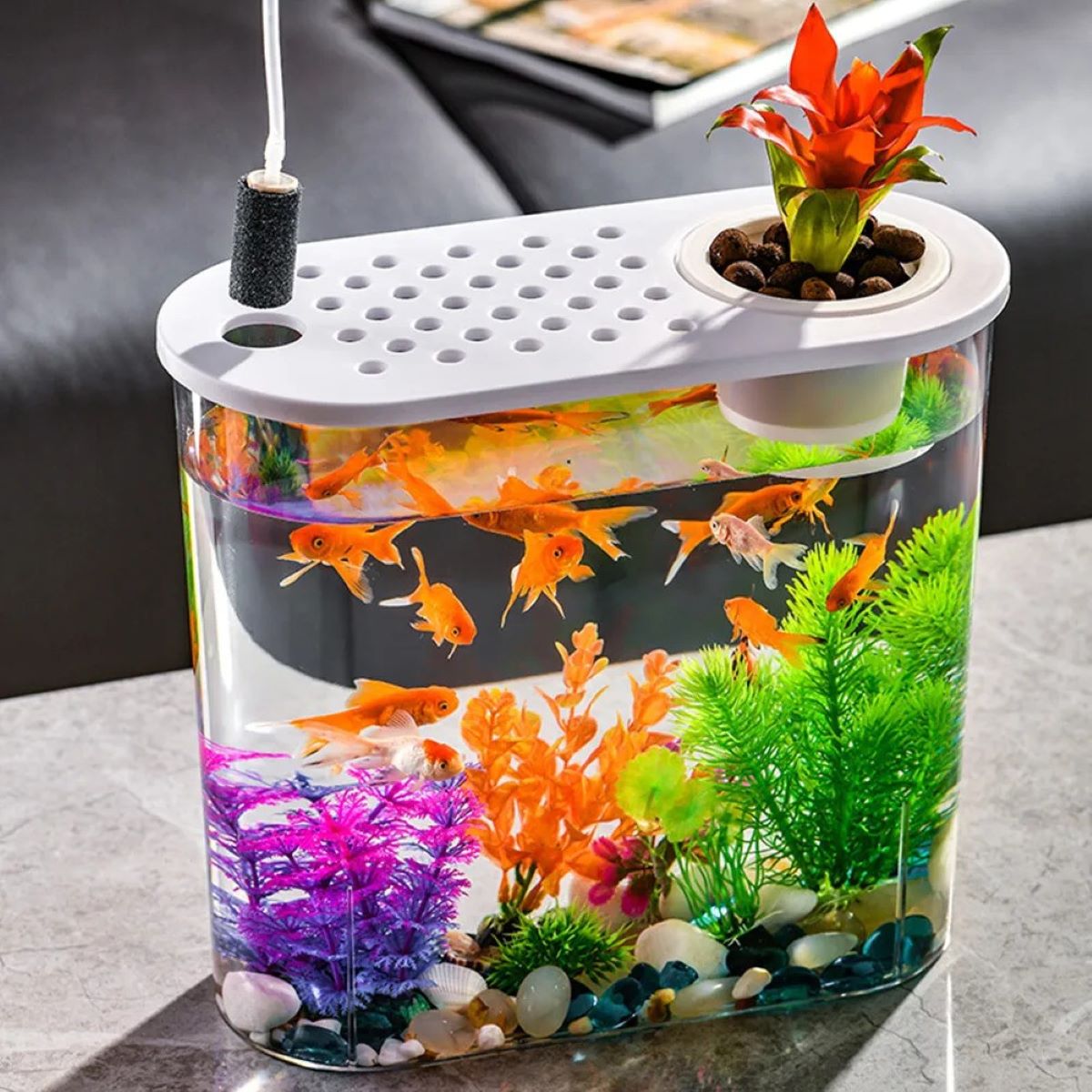
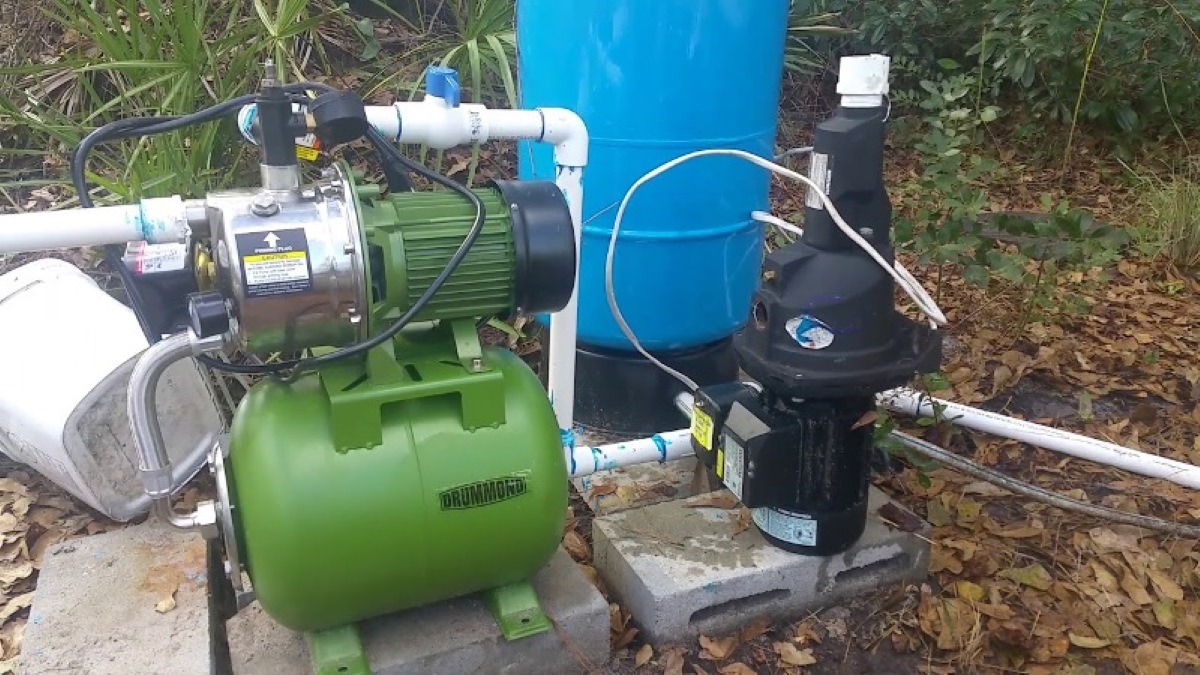
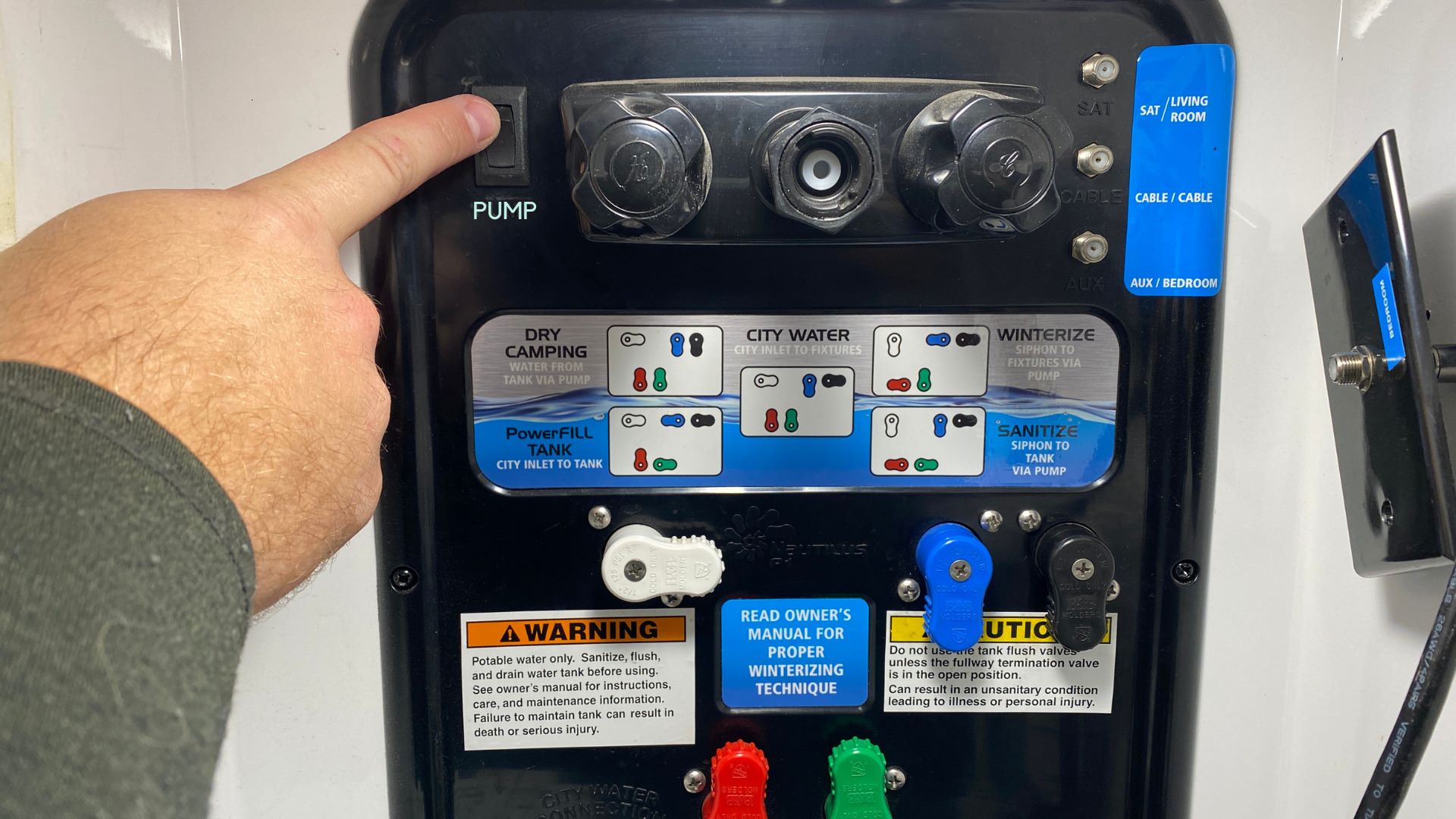

0 thoughts on “What Does A Water Pump Do In A Fish Tank”